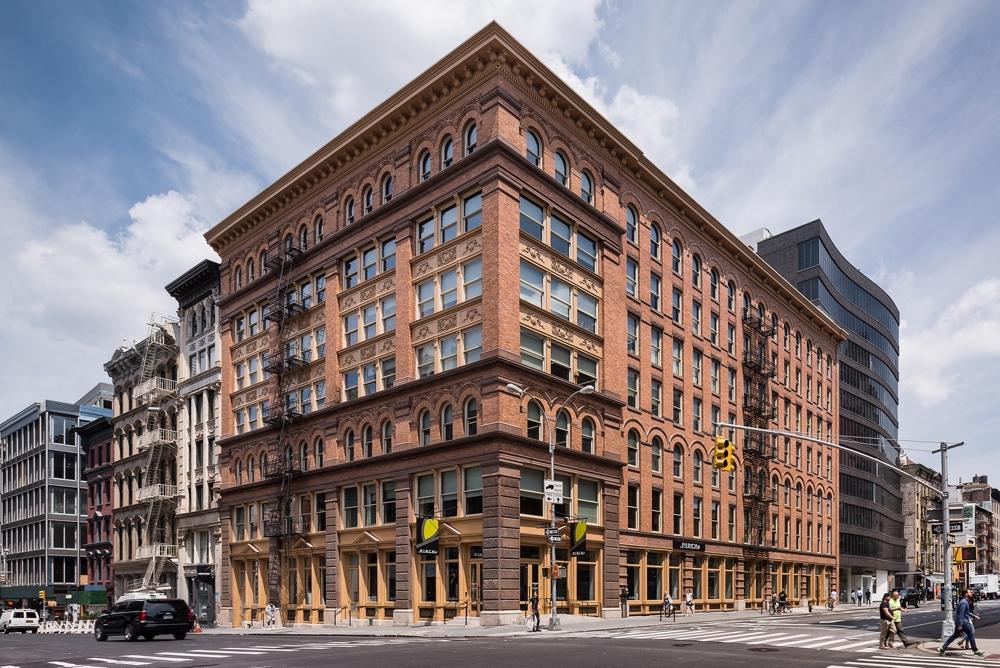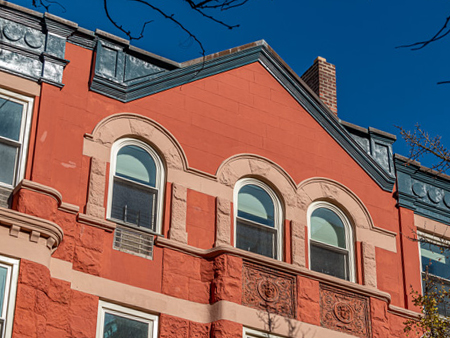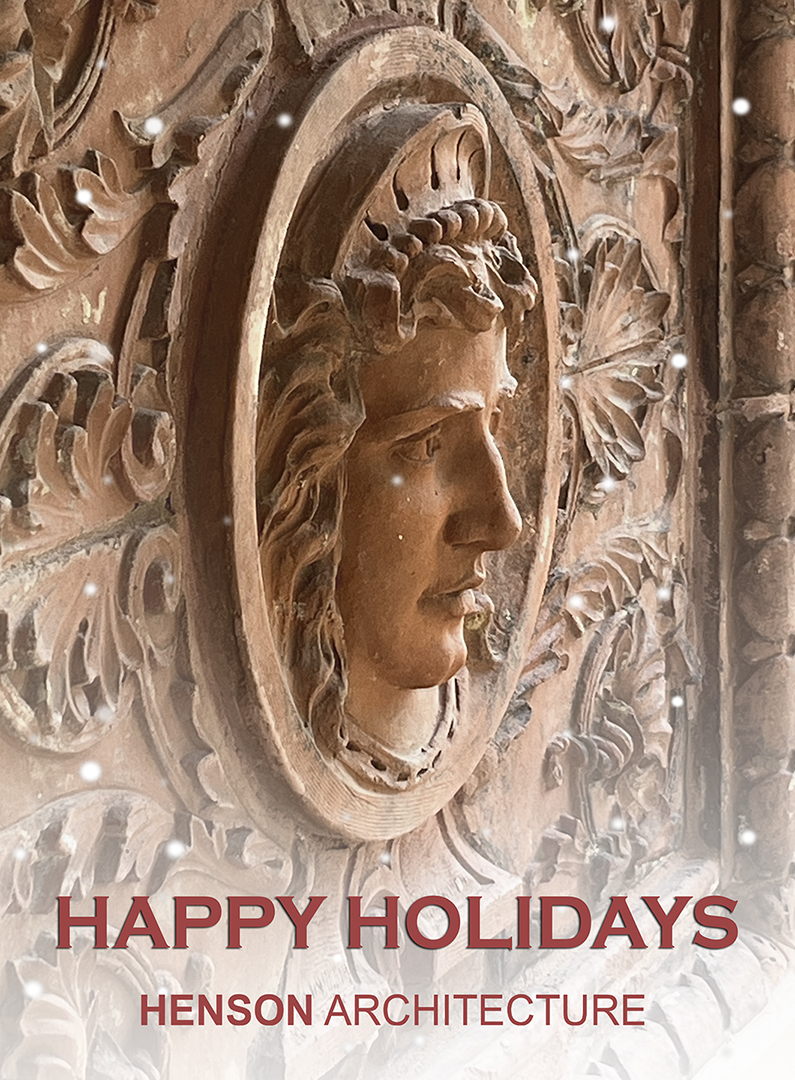As the nature of cities has changed over time, so has the role that architecture has played in urban planning. Architecture is the construct which allows cities to be both beautiful and functional. But what does this mean, and how does architecture answer?
During the nineteenth century, the urban centers in America were compared unfavorably with European cities. In Europe, cities were anchored by large cathedrals and public spaces, such as gardens and plazas, grand and ornate architecture from the past. In reaction, the City Beautiful movement arose in the US, culminating in the White City at the 1893 World’s Fair. It was an attempt to instill some of the formal beauty, linear perspective, and stateliness of European grand cities onto American architecture.
While many architects pushed back against this method of looking to the past for urban models, the movement did adapt to American spaces with planning that included parks, greenways, water elements, and other public spaces that reflected the American landscape’s particular beauty. These public spaces were meant to fulfill the functions of European public plazas or formal gardens. They were areas for community, formal activity, meeting and information exchange.
However, these new methods were not as successful as in theory. A concrete plaza with some benches and a fountain in front of a set-back Manhattan office building will never draw the social crowds that a small piazza hidden among the streets of Rome will welcome. In the same way, you will not see two pedestrians pausing for a quick chat on Fifth Avenue nearly as often as you’ll encounter this on the winding, narrow streets of Prague.
This has everything to do with scale. Modern architecture, although originally guided with the correct intentions, lost touch with the human along the way. Designers became more interested in discovering new philosophies and making bold statements than focusing on the daily interactions of the user.
There is a reason why people still flock to old cities in Europe and historic downtown areas right in the United States. Buildings and streets were designed at a comfortable human scale, with shopfronts and other public uses built right into the street level. Work, home, and social spaces were all within walking distance of each other, creating vibrant communities.
Of course, there are many modern needs that are not met in these historic models. We are a larger world with more people and active economies, leading our buildings to grow in size and diminish in ornament over the decades. We require modern technology and energy efficiency, making mechanical systems one of the most important aspects of any building designed today.
However, there is a way we can meet modern needs while preserving the advantages of historic architecture and neighborhoods: It is through restoration and adaptive reuse of buildings and downtowns. Reusing what we already have is really the most urbanistic and environmentally conscience decision. Historic buildings can be retrofitted with mechanical systems, increased insulation value, and modern conveniences. Soaring glass and steel towers are not the only buildings well-suited for the modern world. Even in “new” cities like New York or Chicago, some of the oldest buildings are the most loved and the most successful.
As specialists in historic preservation, restoration, and adaptive reuse, we here at Scott Henson Architects know that these historic buildings can become perfectly useable for your businesses and homes, with all of the character, history, and comfort of the past. We will always be looking for the next great thing in architecture, as in any type of design, but it is important to not forget the resources we already have. We look forward to working with you on your next project.




